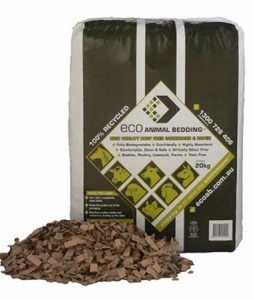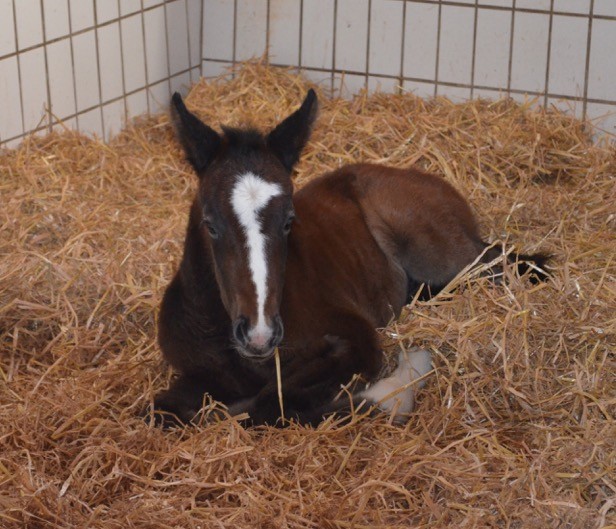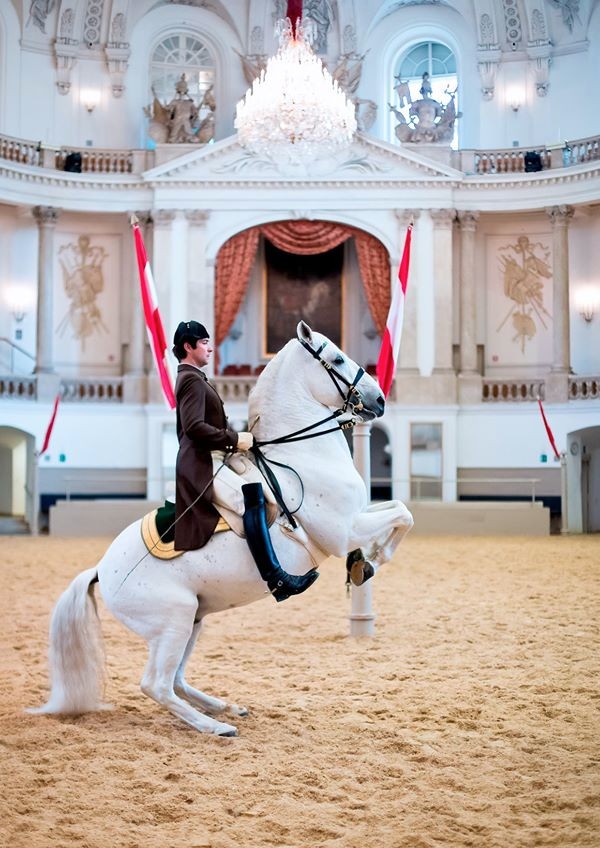
Dressage Markers
D R E S S A G E M A R K E R S
The Truth . . . Possibly . . .!
By Sue Whitmore
Forget the lovely fairly tales you have heard about Prussian palaces, doorways, gateways and lines of precedence. These are just myths, created to bamboozle and wrap mystery around things that are quite obvious if looked at in the proper context. The big mistake we all make is to look at the markers clockwise – then they really make no sense at all.
Dressage tests have to be considered in the context of the military, or to be precise, the cavalry. So to understand the lettering convention for markers, you need to understand how the military mind worked a hundred years ago. The US has the best documentation, and one of their re-enactment societies kindly sent me all their mounted exercises, scanned from the originals, performed by the cavalry troops.
When dressage was first performed at the Olympics, in 1912, there were no markers at all, but the competitors were all cavalry officers. The markers in a military school were javelins stuck in the ground. If the movement was, for example “incline left at the quarter marker” it would always be at the next logical place. On the left rein, it would be the equivalent of H to F or F to H. The one thing every military officer would be intimately familiar with was the compass and compass points have a strange naming convention. They start at the ordinal points – the quarters of the circle – and the half points, then the quarter points, which are quarter of 90 degrees. North is always “up” so you would always work, notionally, south to north. Outdoors in the Northern Hemisphere this would ensure that the sun wasn’t in your eyes. Military riding schools were usually only 13 – 15 metres wide, not 20, as this was the largest span that could be built economically prior to steel girder technology.
Dressage markers are named in a sequence that is logical for ridden exercise.
Most horses are softer on their left and the convention was always to warm your horse up on its soft side first. Thus when a military ride entered the school, it would track left, which is anti-clockwise.
Putting this in action in a 13 x 40 metre dressage arena with quarter markers…
Enter at A (south). Track left. Name the ordinal points on the first circuit (South, East, North, and West) A B C E.
After A, incline left from the quarter marker, which in a 13m school, intersects at exactly SSE, the quarter of the quadrant and at around 6m. An incline is 22.5 degrees, so the rider would always end up at the other marker. This gives you F H and puts you on the right rein.
After A, incline right from the quarter marker (SSW) giving you K M. At A, turn up the centre line to X noting the imaginary markers D and G. (diagram 1) he 20 x 60 metre dressage arena is a stretched 40m with the extra 20 metres added to the middle.
The 6 metre markers are too useful to lose, as 6m is approximately two canter strides – a safe stopping distance. Thus a second ordinal circuit is named sequentially still on the left rein, giving you P, R, S, V.
It may seem very complex to us today, but these officers lived by compass bearings; it would be natural and automatic to them. (diagram 2)
About the Author – Sue Whitmore: Sue, like many ardent horse-lovers, had to wait for her first horse until she was an adult and able to pay for it herself. She’s made up for lost time ever since, previously owning and managing BHS & ABRS approved riding schools and now breeding Lusitanos. She has found the very best tools in her lifetime quest for horse mastership have been the questions “Why?” & “How?”







